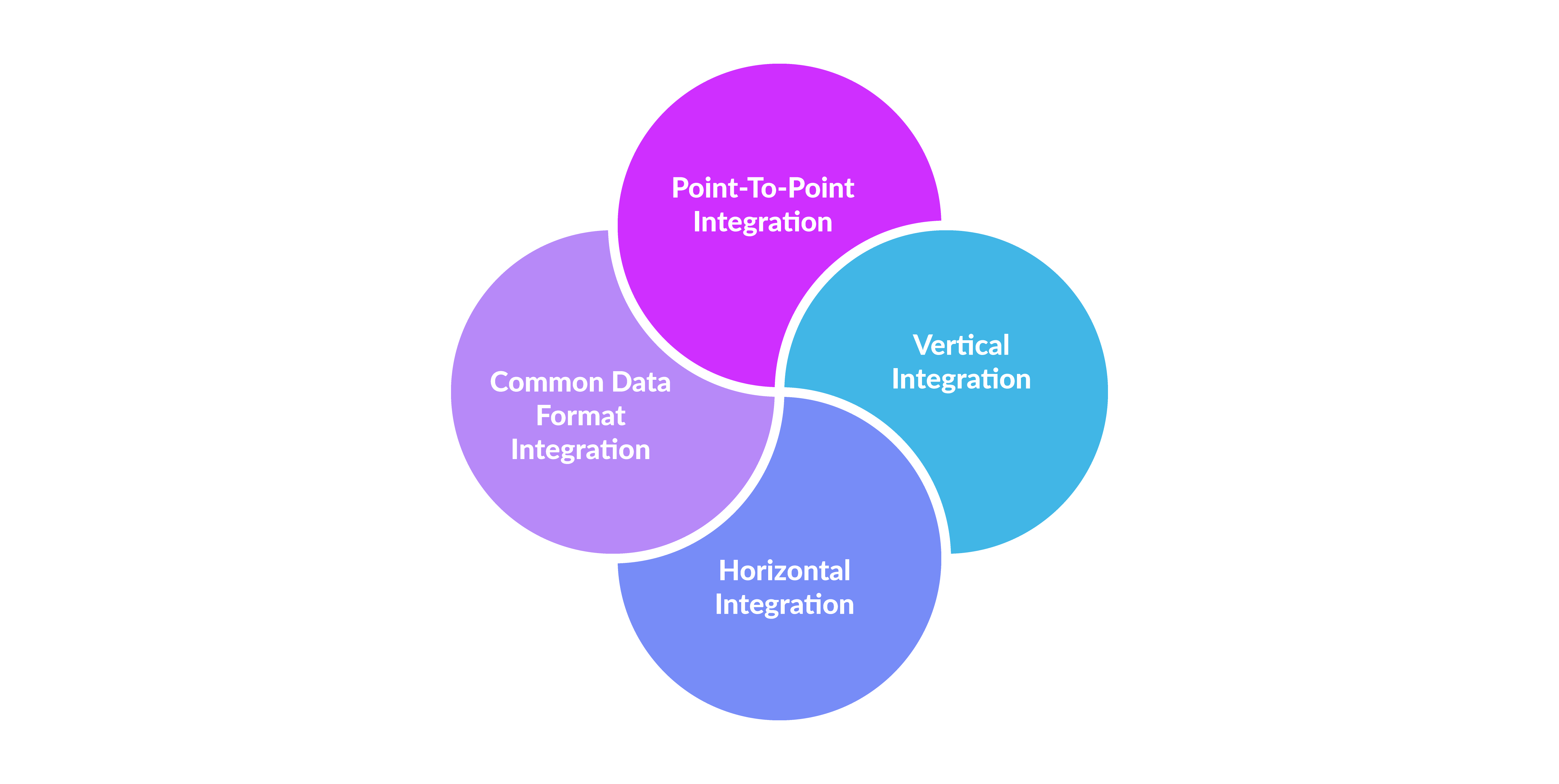Data Migration
We move data from location to location, prepare, extract, and transform.
Systems integration is a process that connects different sub-systems, components, and/or software together into a larger single system, that makes them work together functionally as one unit.
Rolling out new software systems across the business is expensive, time consuming and a productivity killer. Instead of running multiple applications from their own silos, why not integrate them and help solve problems caused by disorganised systems?
Benefit from:


There are multiple different strategies when looking to integrate systems. Here are four of the most well-known.

The Star or Point-To-Point method operates by connecting each subsystem independently to each other subsystem.

Easy to implement but more difficult to maintain as the business evolves. Sub-systems are combined with each other into Information silos and operate independently of each other.

Opposite to the vertical method, the horizontal integration’s purpose is to allow communication between sub-systems.

A new data language is created when using this approach, Esperanto. A universal format that helps each subsystem to transfer and process data between each other.

Nexus helps businesses to link systems and applications together instead of staying disjointed, streamlining operations, and providing better accessibility, accuracy and team coordination.